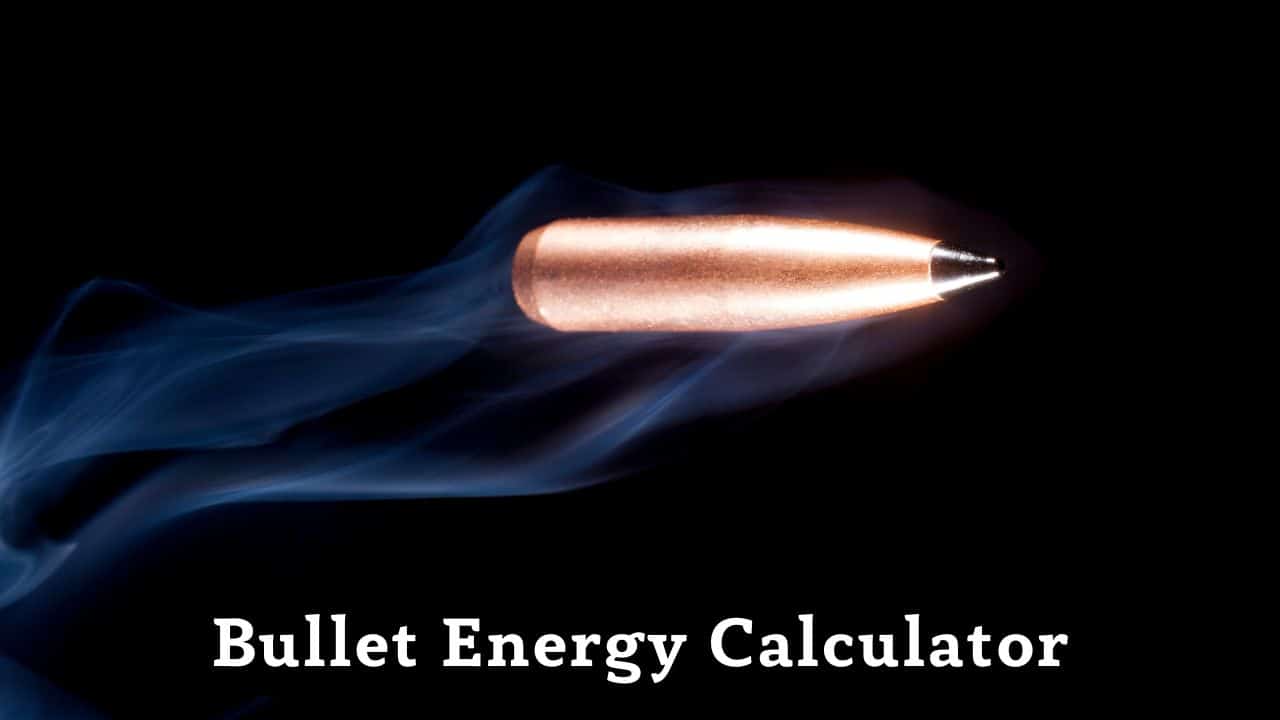
Bullet Energy and Ballistics
Master the science of projectile motion, energy transfer, and ballistic performance!
What is Muzzle Energy and Why Does it Matter?
Muzzle energy is the kinetic energy of a bullet as it exits the firearm’s muzzle. Understanding muzzle energy physics is crucial for ballistics, hunting effectiveness, and firearm performance analysis. The energy determines the bullet’s ability to penetrate targets and transfer momentum.
Why muzzle energy matters: Higher muzzle energy generally indicates greater stopping power and penetration capability. However, energy alone doesn’t determine effectiveness – bullet design, sectional density, and velocity also play critical roles in terminal ballistics.
Energy vs. Velocity Relationship:
- Velocity Squared Effect: Doubling velocity quadruples energy
- Mass Linear Effect: Doubling mass doubles energy
- Velocity Priority: Velocity has greater impact than mass on energy
- Practical Limits: Material and pressure constraints limit velocity
- Optimal Balance: Best performance requires mass-velocity optimization
- Energy Transfer: How energy converts to terminal performance
Ballistic Coefficient and External Ballistics
Ballistic coefficient (BC) measures a bullet’s ability to overcome air resistance. Higher BC bullets retain velocity and energy better over distance, making them more effective for long-range shooting.
Typical Muzzle Energies by Cartridge:
| Cartridge | Bullet Weight (gr) | Muzzle Velocity (fps) | Muzzle Energy (ft⋅lbf) | Application |
|---|---|---|---|---|
| .22 LR | 40 | 1,080 | 103 | Small game, target |
| 9mm Luger | 115 | 1,180 | 355 | Self-defense, law enforcement |
| .223 Remington | 55 | 3,240 | 1,282 | Varmint, tactical |
| .308 Winchester | 150 | 2,820 | 2,648 | Hunting, precision |
| .30-06 Springfield | 180 | 2,700 | 2,913 | Big game hunting |
| .50 BMG | 750 | 2,820 | 13,241 | Long-range, anti-materiel |
Practice Problems and Worked Solutions
Problem 1: Basic Muzzle Energy
Question: Calculate the muzzle energy of a 150-grain bullet traveling at 2,800 fps.
Click to see detailed solution
Given: m = 150 gr, v = 2,800 fps
Convert units: m = 150/7000 = 0.0214 lbs, v = 2,800 fps
Formula: E = ½mv² (in ft⋅lbf system)
Calculation: E = ½ × 0.0214 × (2,800)² / 32.174 = 2,607 ft⋅lbf
Answer: The muzzle energy is 2,607 ft⋅lbf
Problem 2: Velocity from Energy
Question: What velocity is needed for a 180-grain bullet to achieve 3,000 ft⋅lbf of energy?
Click to see detailed solution
Given: m = 180 gr = 0.0257 lbs, E = 3,000 ft⋅lbf
Formula: v = √(2E×gc/m) where gc = 32.174
Calculation: v = √(2×3,000×32.174/0.0257) = 2,743 fps
Answer: The required velocity is 2,743 fps
Problem 3: Energy Comparison
Question: Compare the energy of a 55gr bullet at 3,200 fps vs. a 180gr bullet at 2,700 fps.
Click to see detailed solution
Bullet 1: E₁ = ½ × (55/7000) × (3,200)² / 32.174 = 1,282 ft⋅lbf
Bullet 2: E₂ = ½ × (180/7000) × (2,700)² / 32.174 = 2,913 ft⋅lbf
Ratio: E₂/E₁ = 2,913/1,282 = 2.27
Answer: The heavier bullet has 2.27 times more energy
